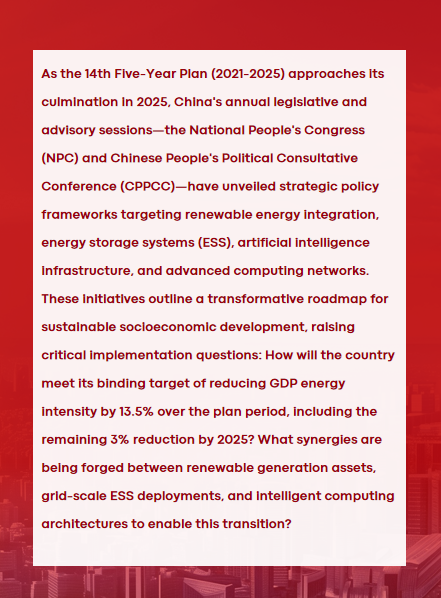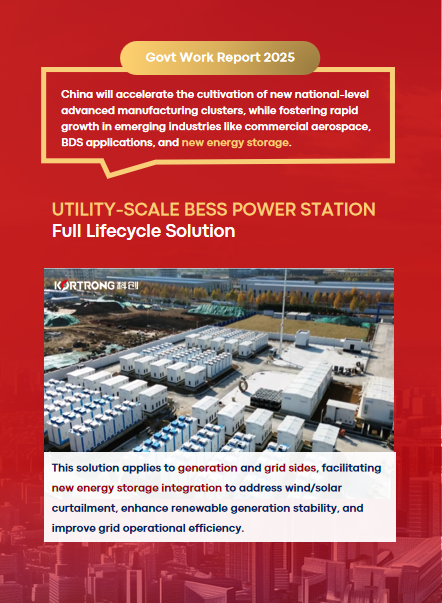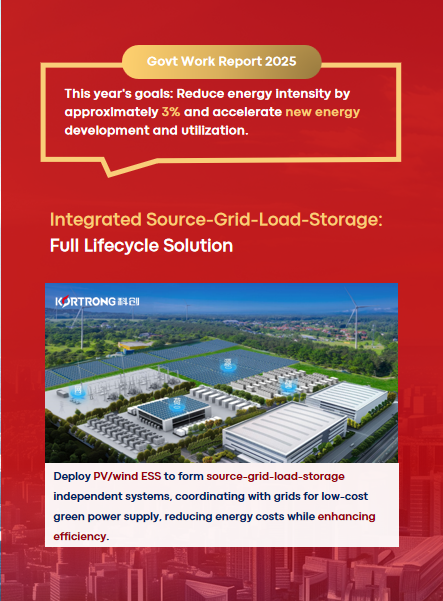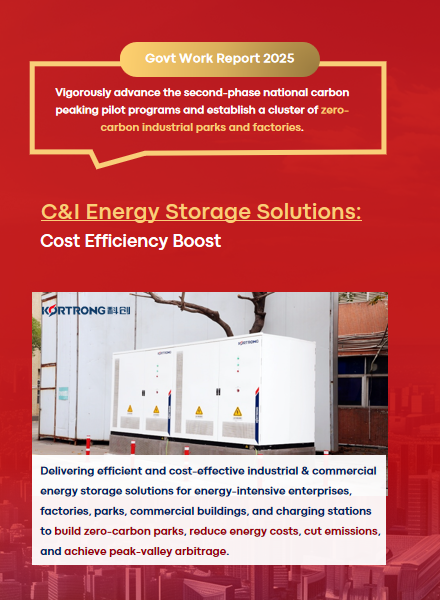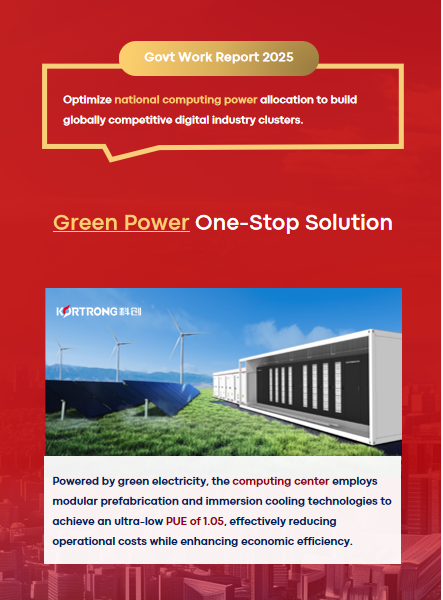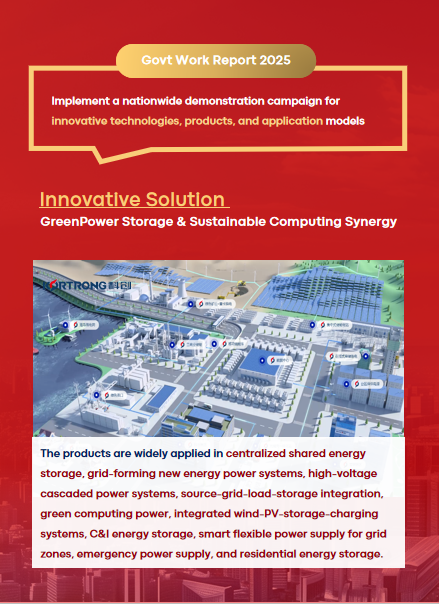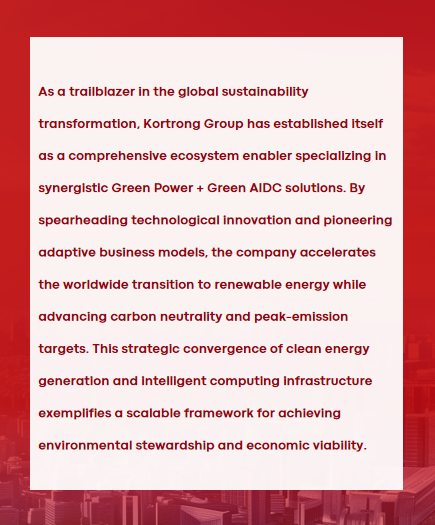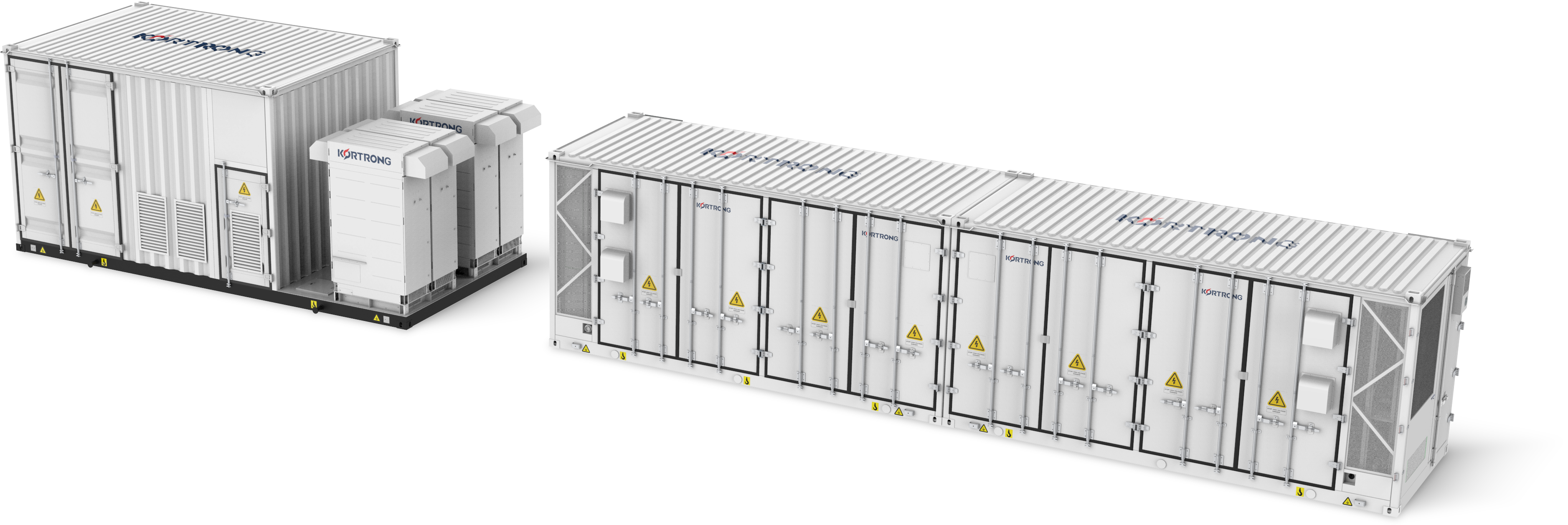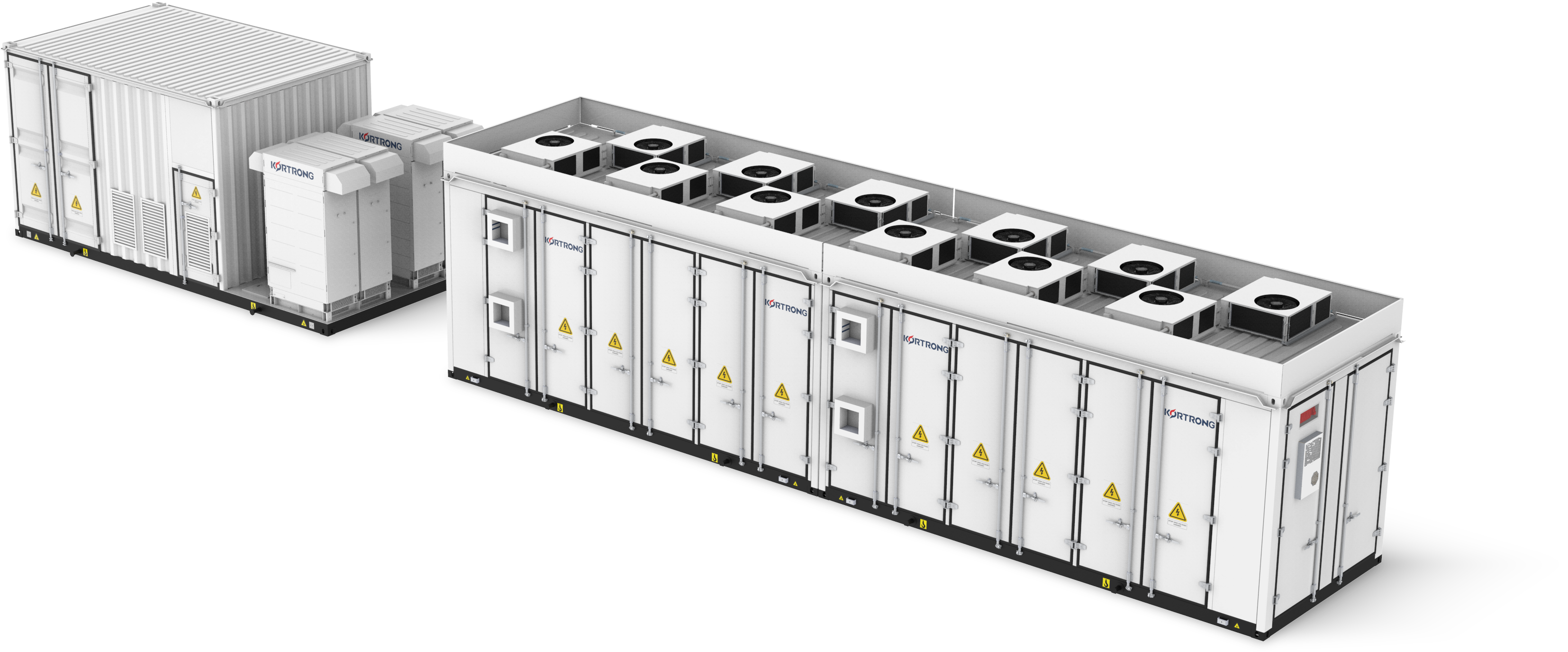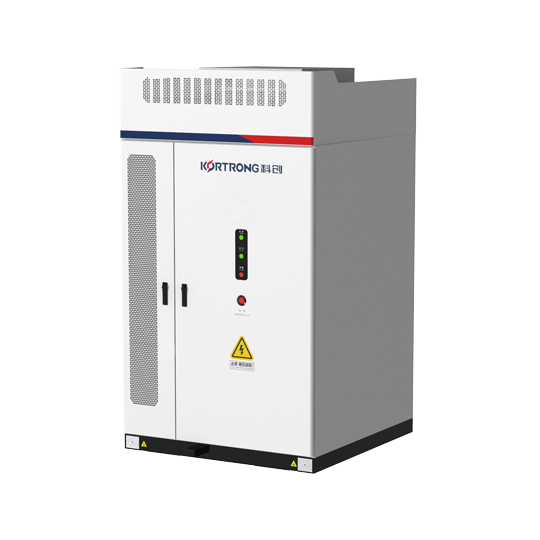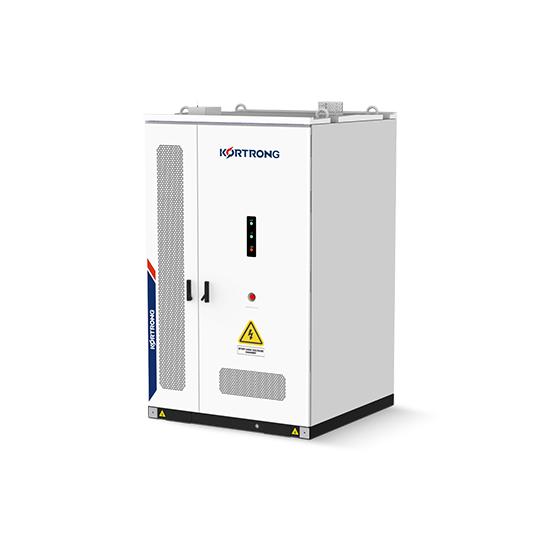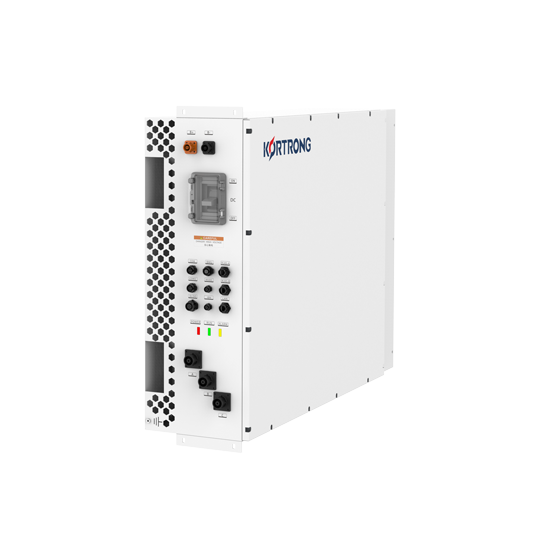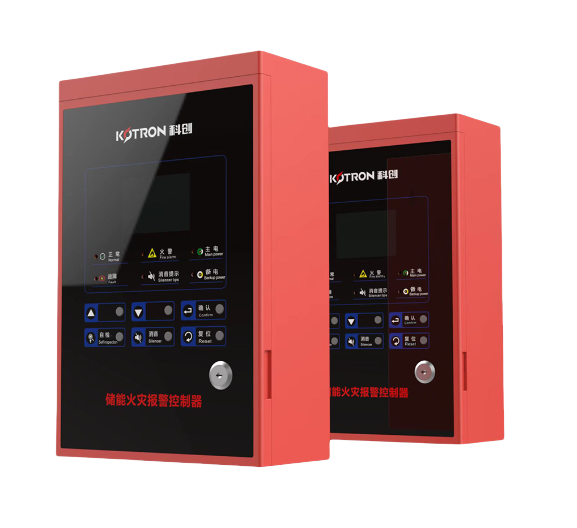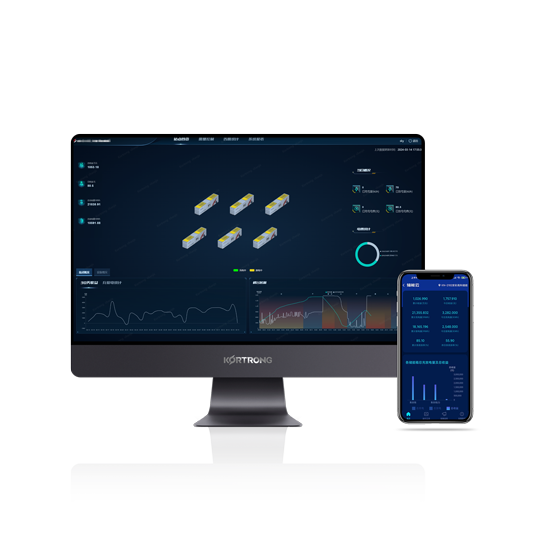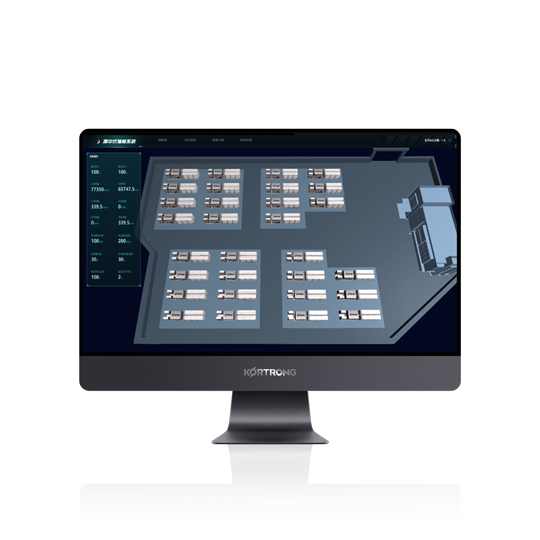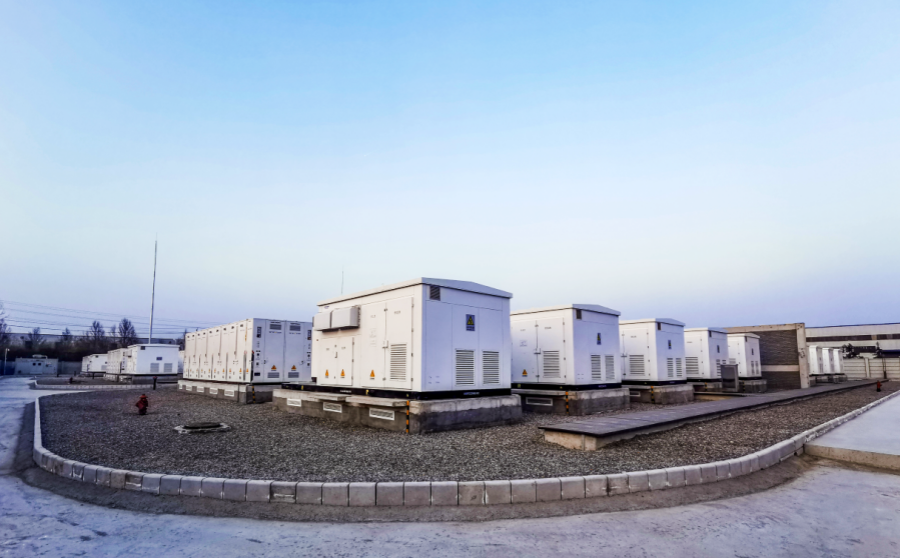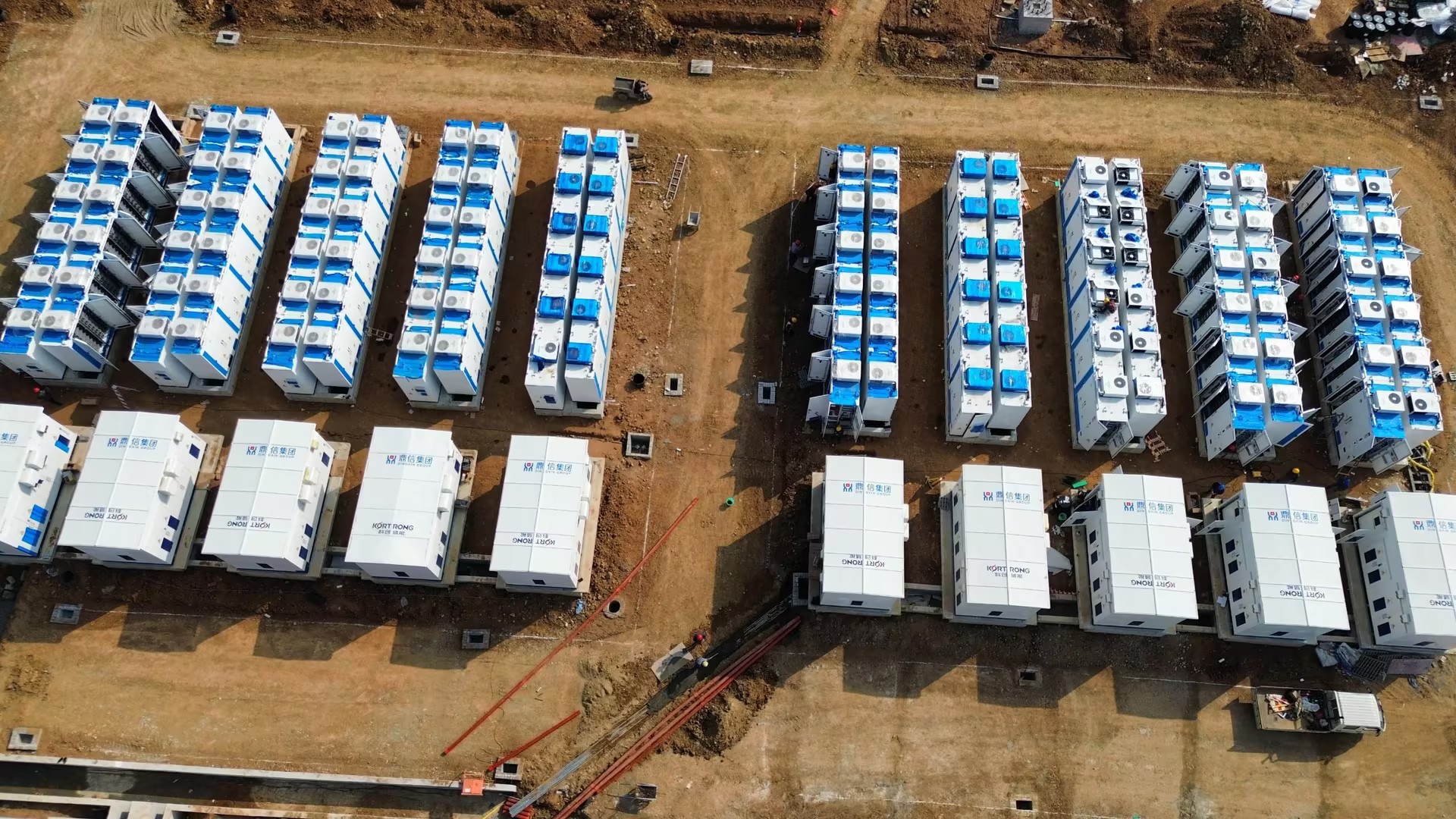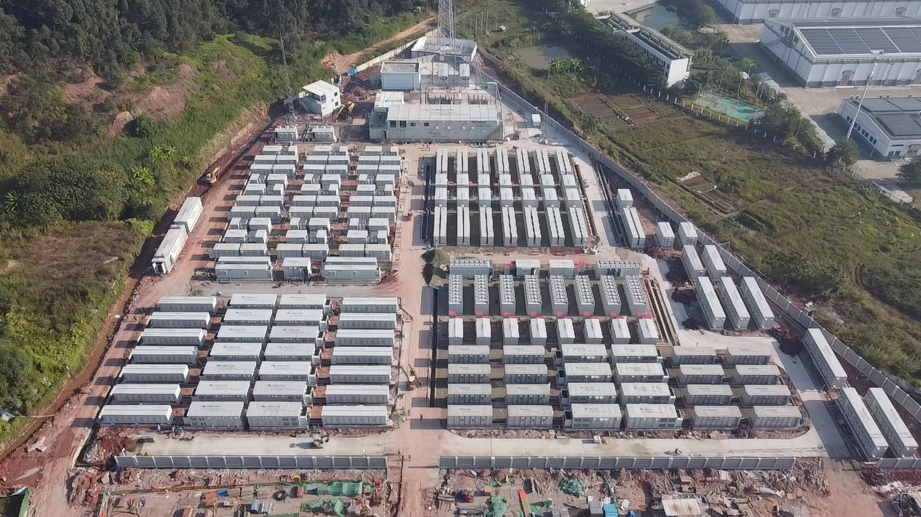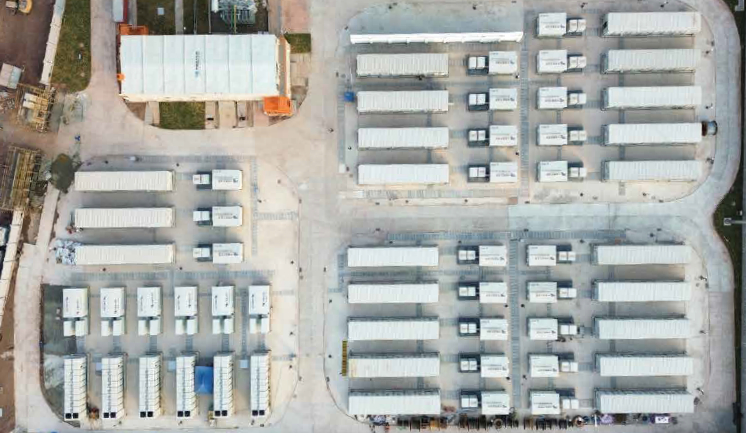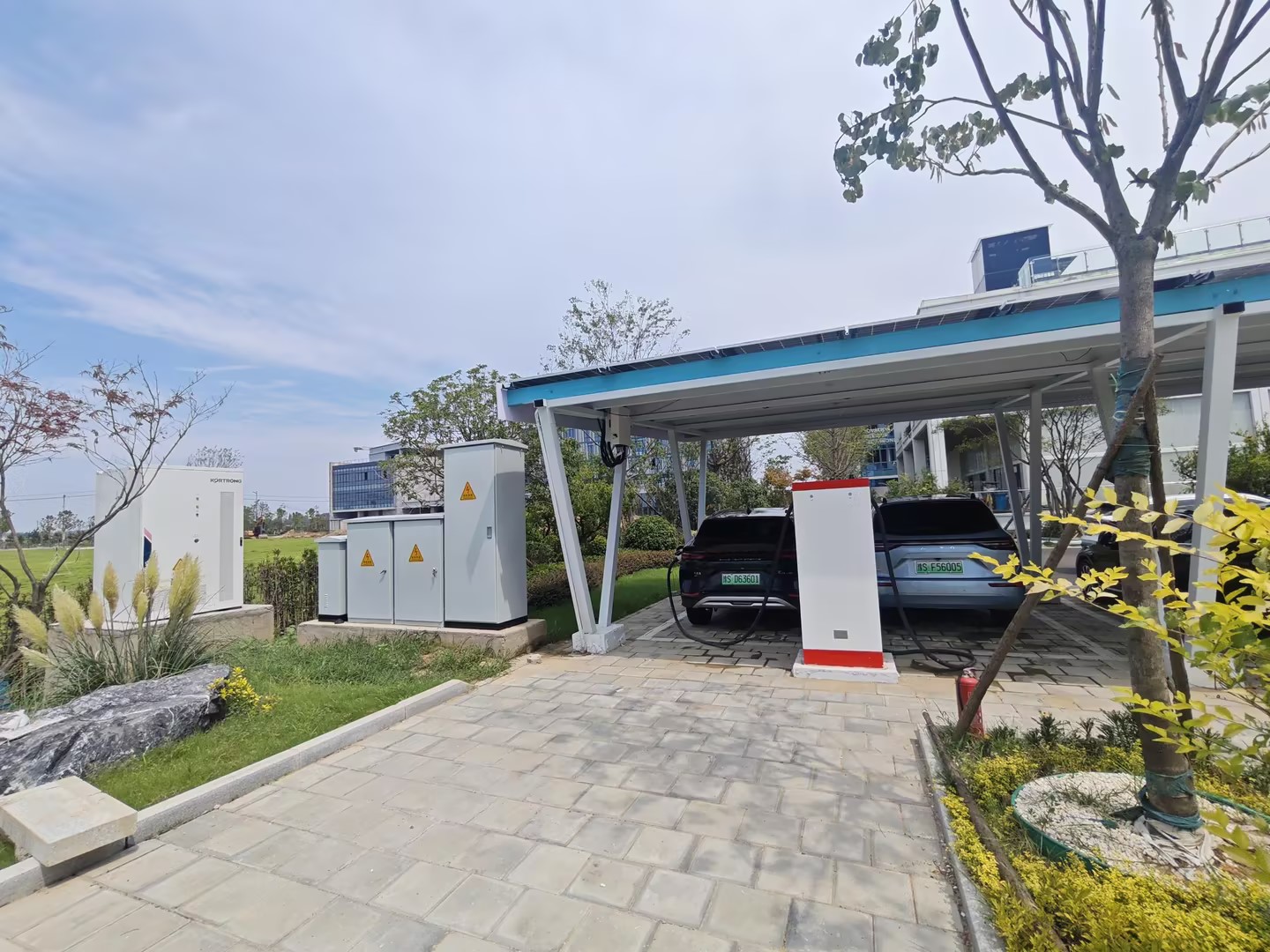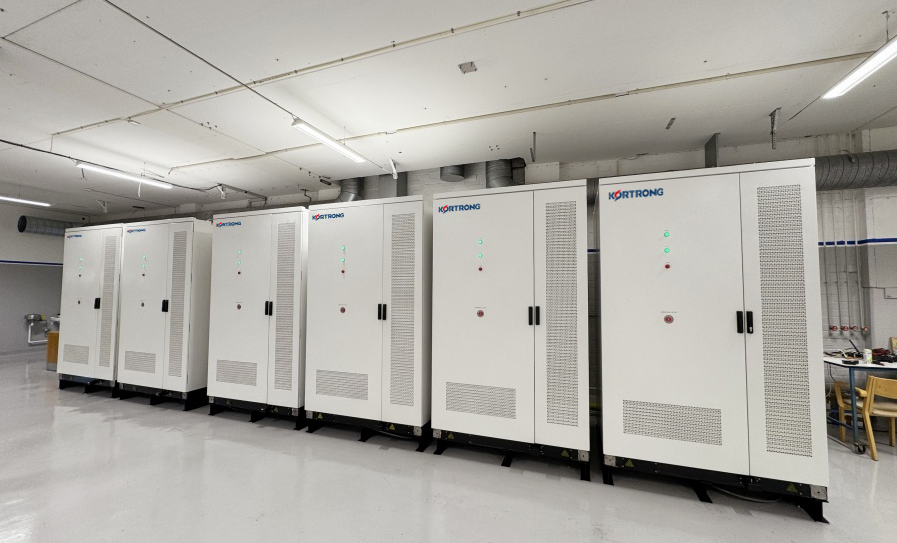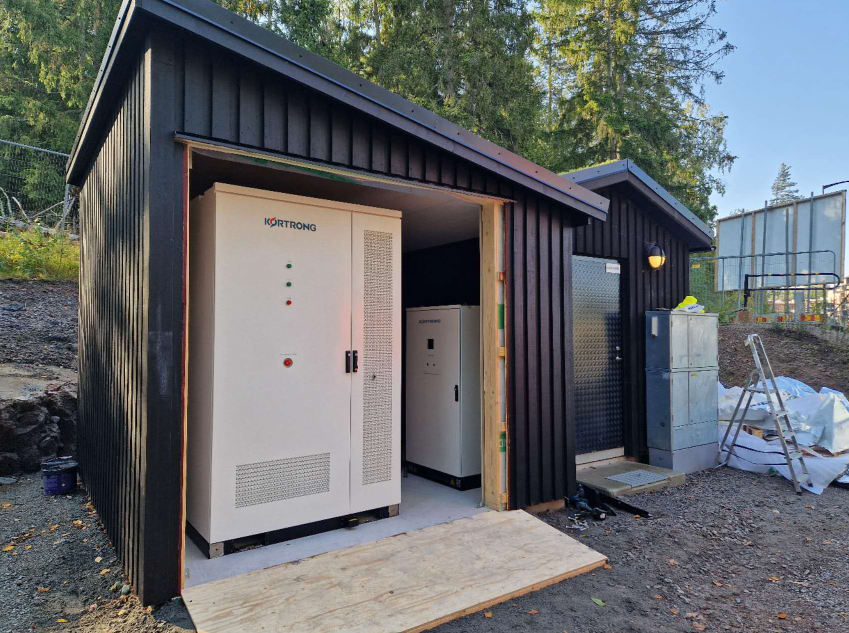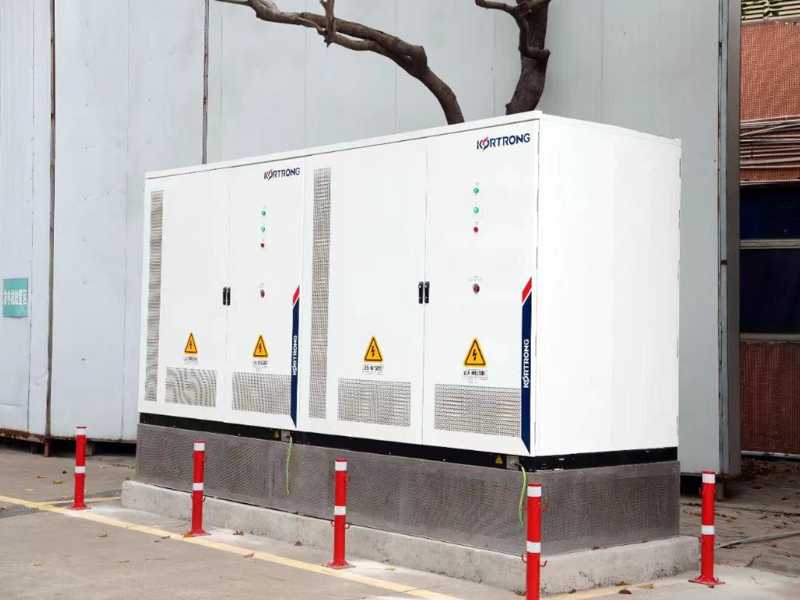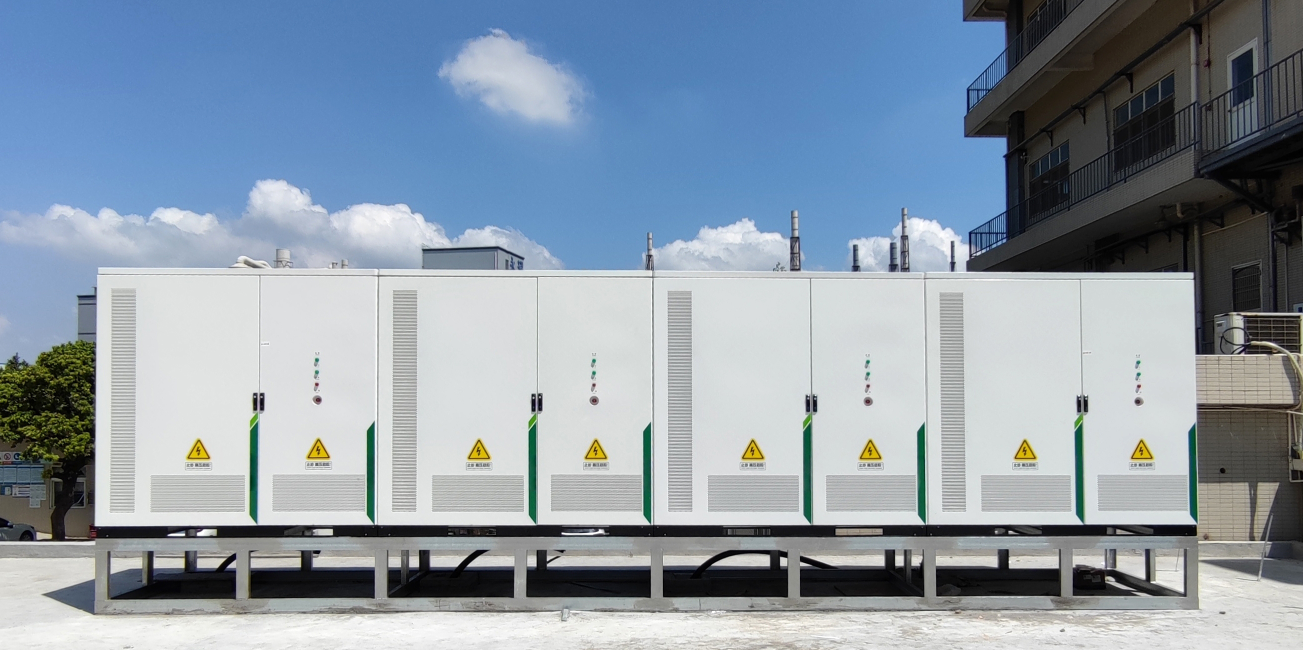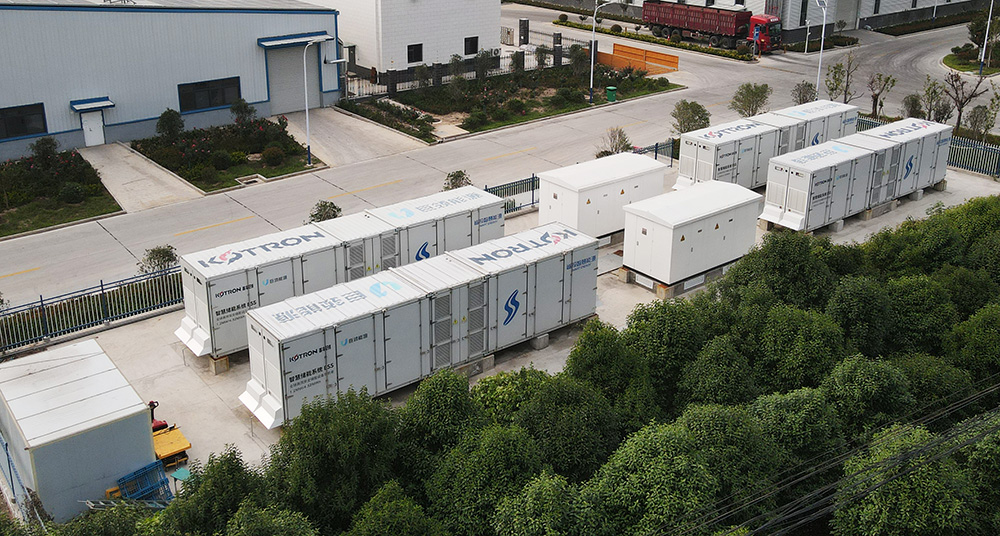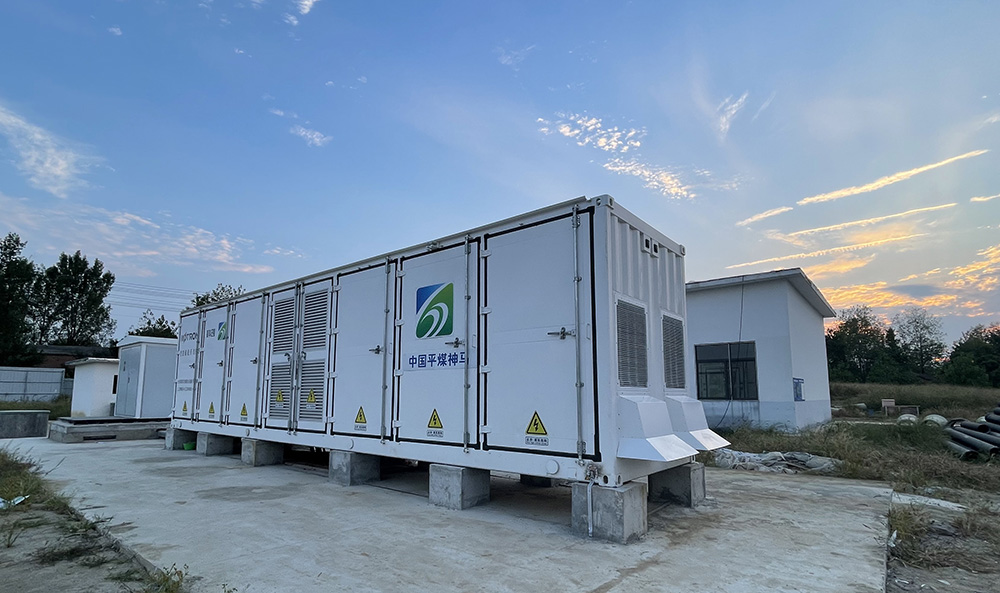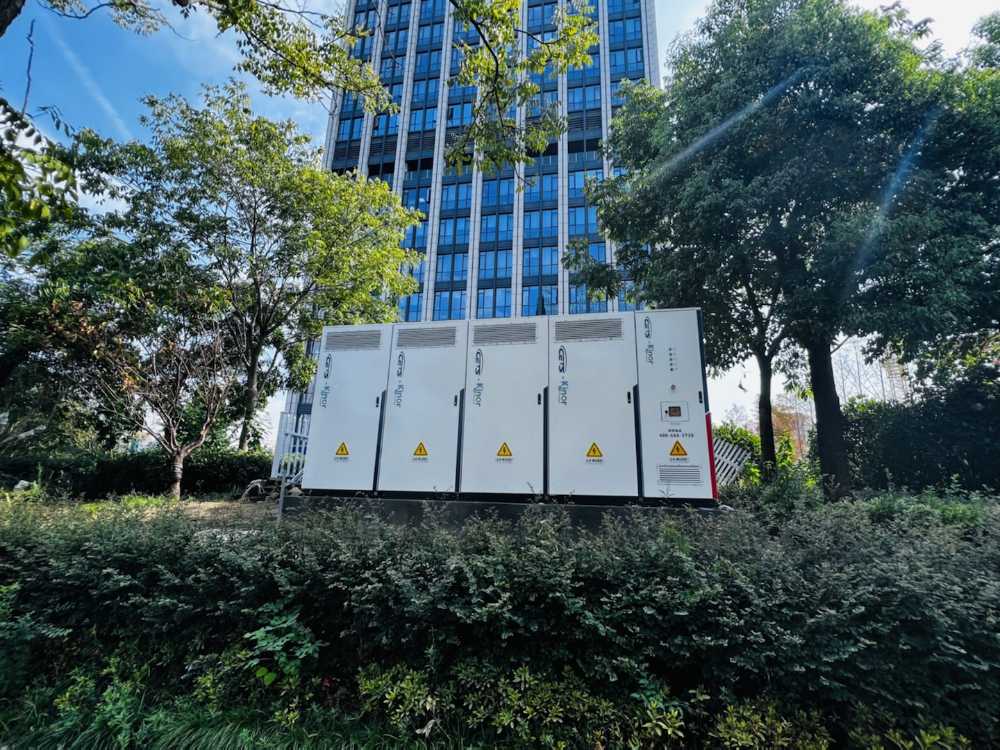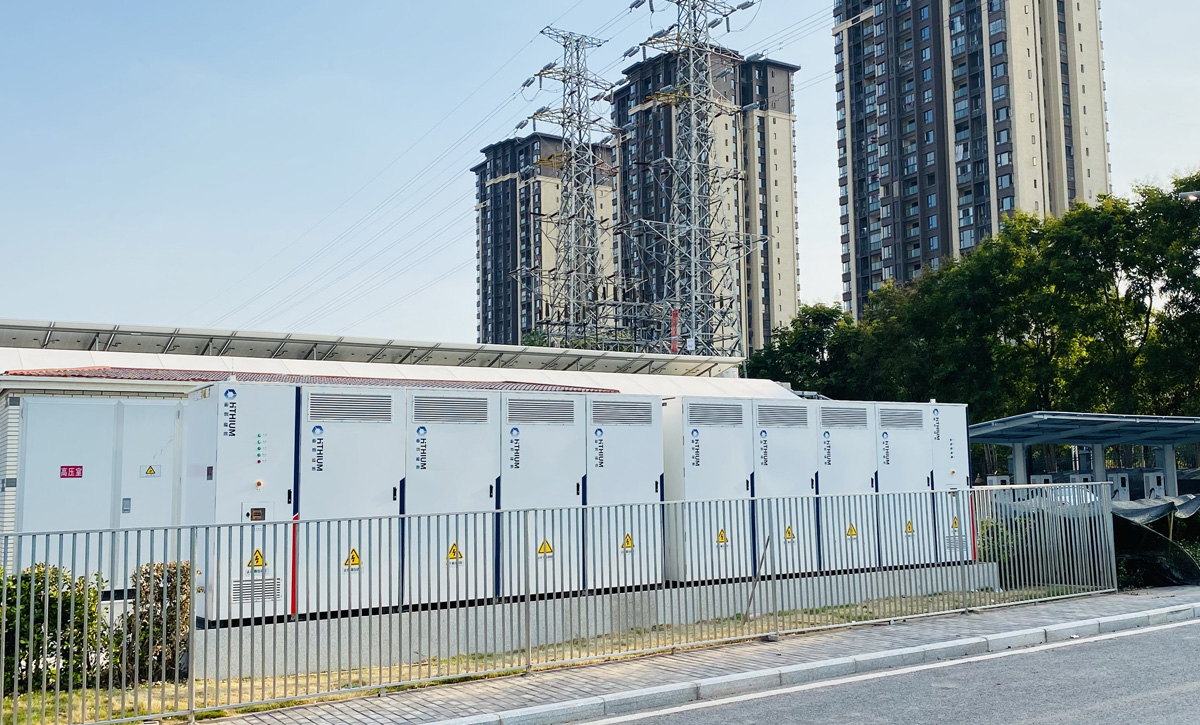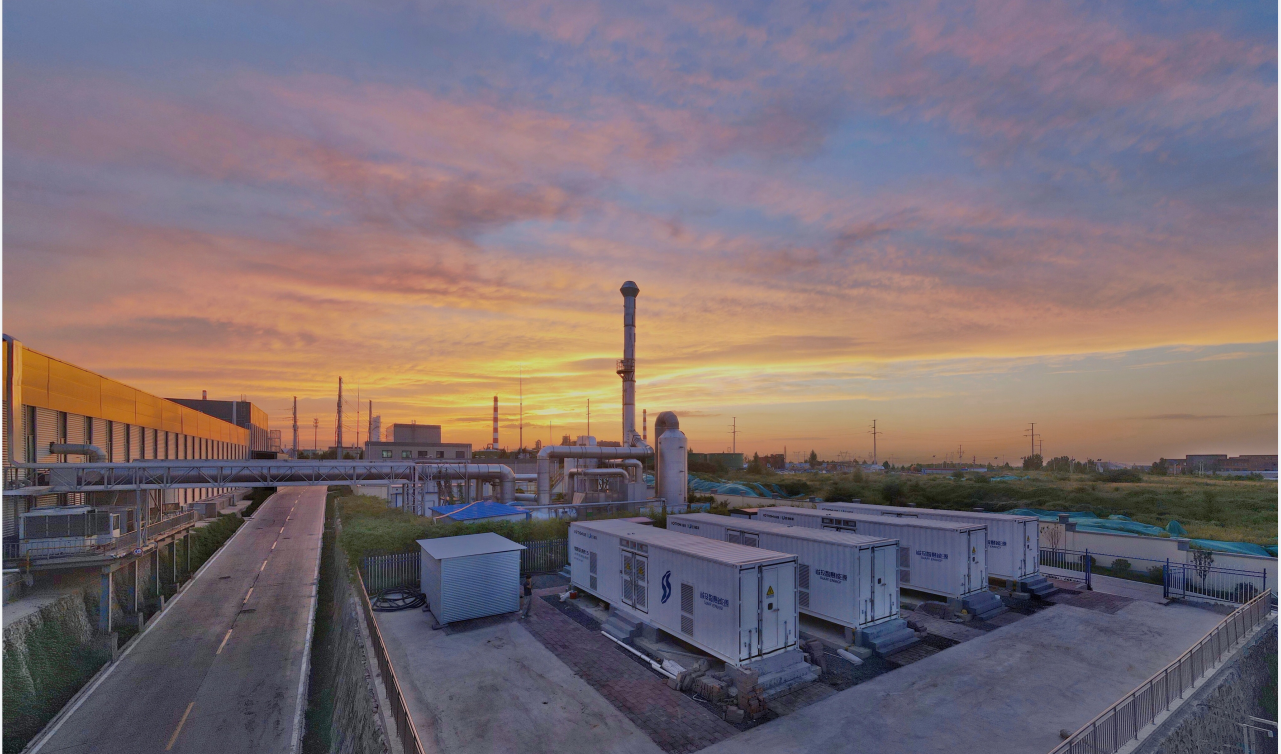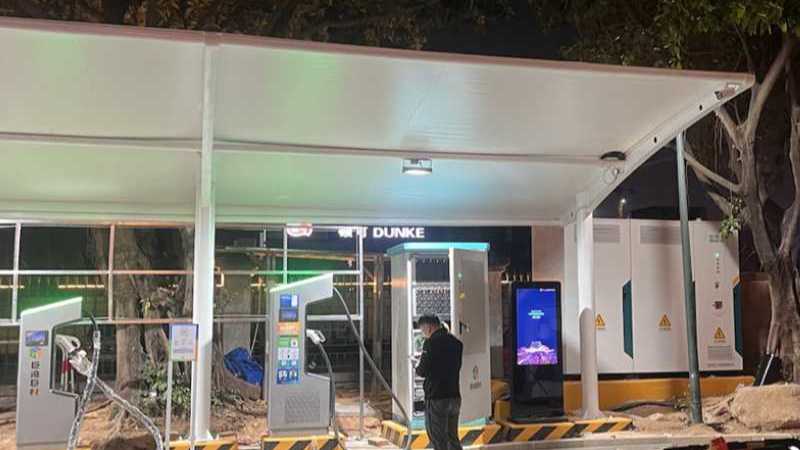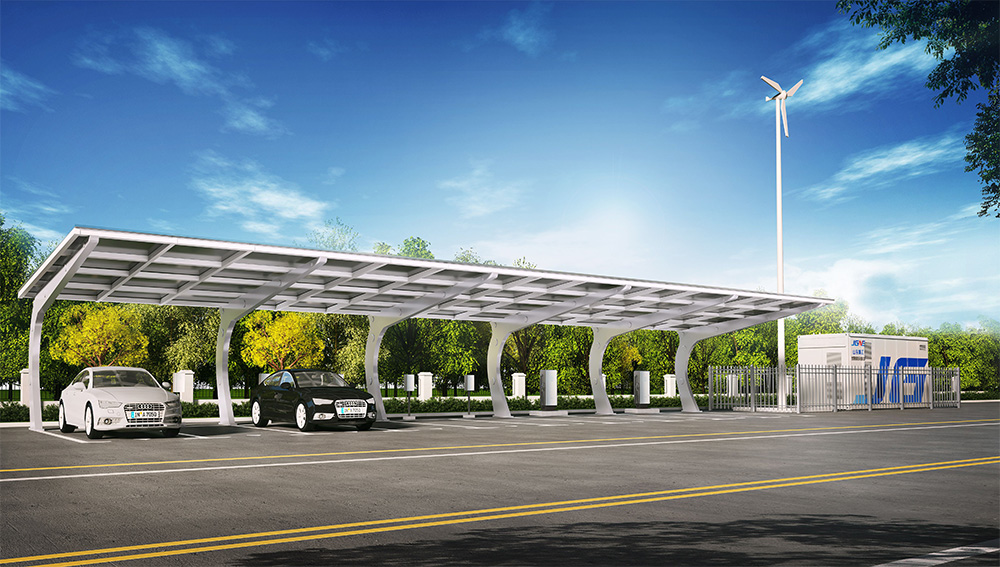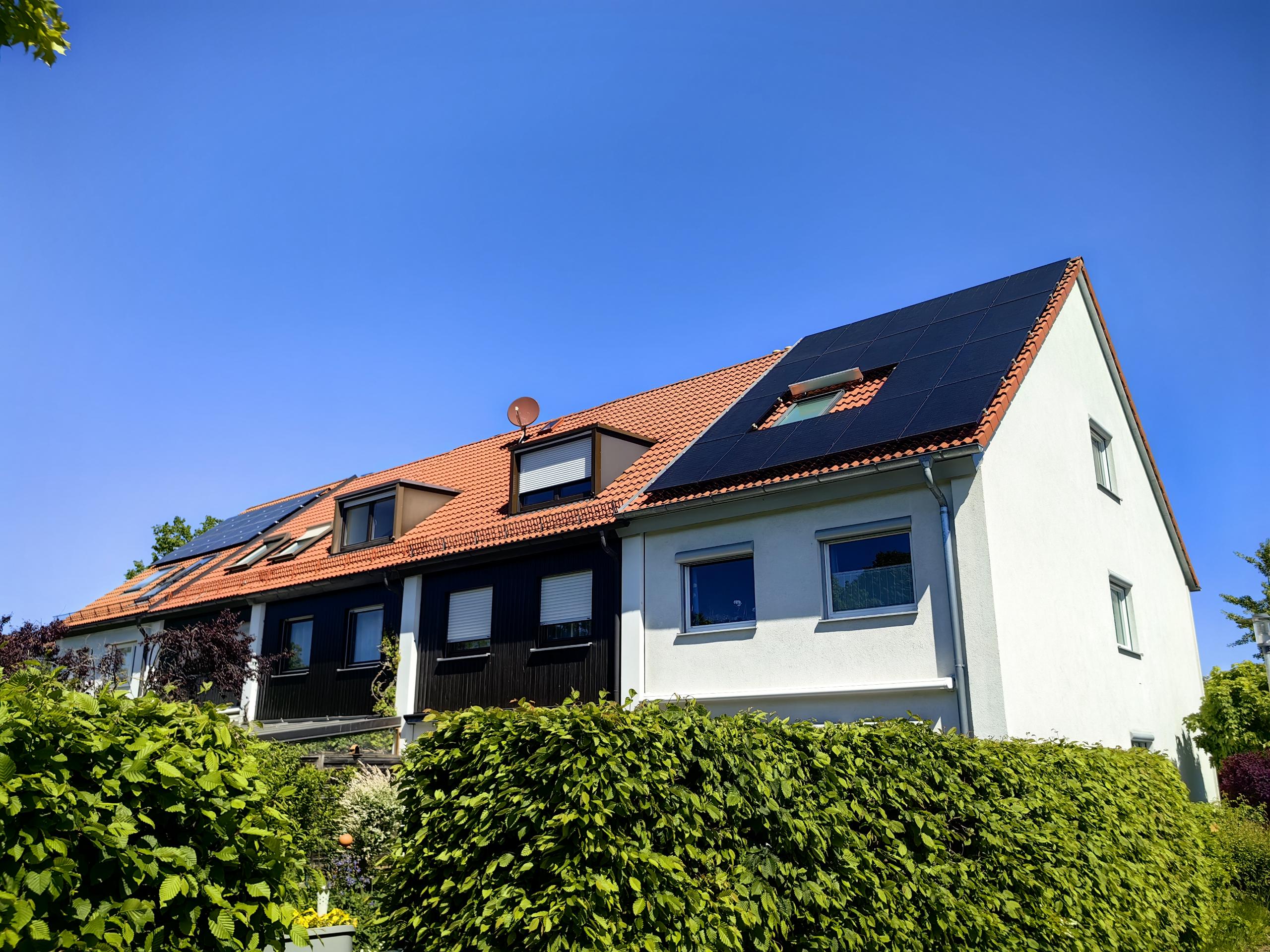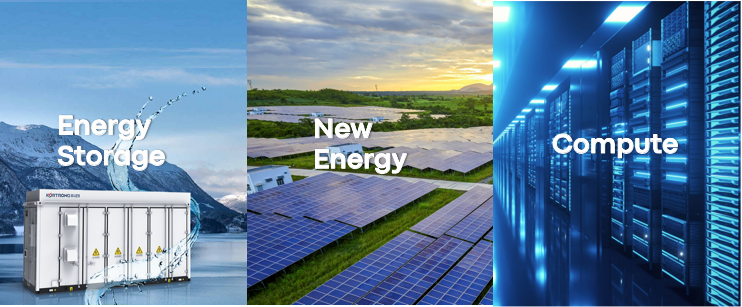
As 2025 approaches—the final year of China’s 14th Five-Year Plan—this year’s Two Sessions (NPC & CPPCC) have spotlighted transformative policy priorities in renewable energy,
energy storage, AI, and computing infrastructure. These initiatives, which garnered substantial attention during
the legislative meetings, outline a strategic roadmap for sustainable economic modernization. Below, we analyze
critical themes shaping China’s decarbonization and digitalization agendas:
1. Energy Intensity Reduction: Pathways to the 3% GDP Target
To achieve the 2025 goal of cutting energy consumption per unit of GDP by ~3%, China is advancing a three-pronged strategy:
Industrial Upgrading: Accelerating smart manufacturing and phasing out coal-dependent production in steel, cement, and chemicals.
Grid Modernization: Scaling ultra-high-voltage transmission networks to reduce distribution losses by 5-8%.
Market Incentives: Expanding carbon trading mechanisms and green finance tools to incentivize corporate energy efficiency retrofits.
2. Synergistic Integration of Renewables, Storage, and Computing
The Two Sessions emphasized system convergence as a growth multiplier:
"Clean Energy + AI" Pilot Zones: State Grid plans 50+ hybrid solar/wind farms co-located with edge computing nodes to optimize power dispatch via machine learning.
Hydrogen-Electrochemical Storage Hubs: A $2.1B national fund will deploy 10 GW of flow batteries and hydrogen storage near data centers to balance intermittent renewables.
Policy Alignment: New interoperability standards (Q2 2024) will unify energy storage performance metrics with data center PUE (Power Usage Effectiveness) benchmarks.
Emerging Challenges: While progress is evident in pilot projects like the Ningxia 100% Renewables Data Cluster, debates persist at the provincial level about cost-sharing models for cross-sector infrastructure.
